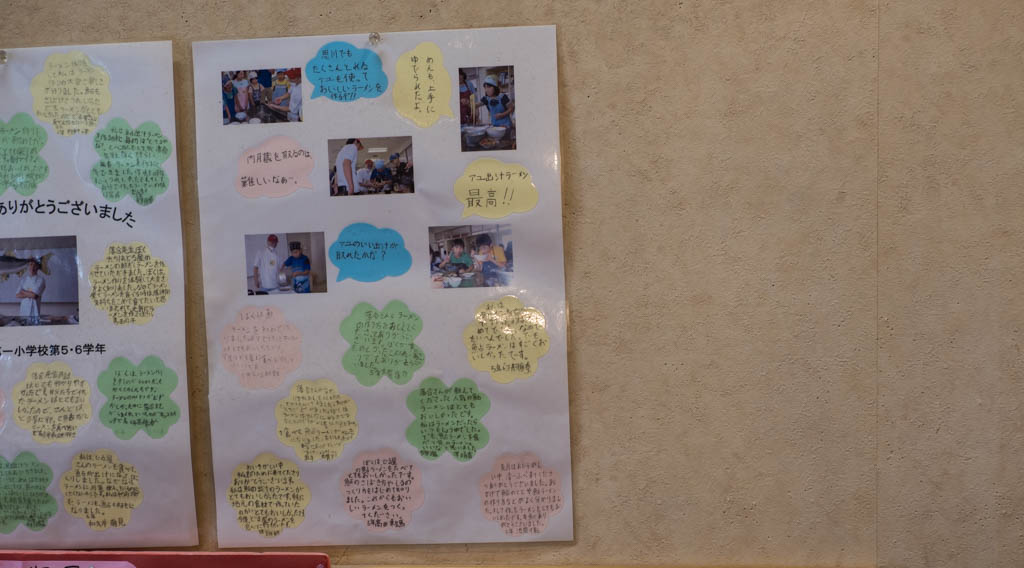らあめん厨房どる屋
Welcome to Utsunomiya. This major city in Tochigi Prefecture is known for gyoza, but they also have a few notable ramen shops as well. Head over to city hall, take care of any paperwork you might have, and get a bowl at Doruya (the shop is basically next door).
Doruya's specialty is Sea bream salt butter ramen using high-quality French butter. Definitely a unique spot.
Everything on the menu is made with dried tai (鯛) fish from Shimane Prefecture.
The menu looks a bit complex, but just order the Tai Shio Bata Ramen (鯛塩バターらーめん). The menu has a different column for different kinds of chashu. Go for loin (焼豚), rib (ばら焼豚), or cheek (ほっぺた焼豚).
The butter, for you gourmands out there, is the Échiré brand from France. Loved by pastry chefs the world over, it's now available in your ramen. Échiré has, according to the internet, a unique flavor from their wooden butter churns. In Japan, it is very expensive. If you live in Tokyo you can visit their shop near Tokyo Station to try some for yourself.
The shop also offers an array of limited seafood bowls, like mitten crab (藻屑蟹) in winter and ayu (鮎) in summer.
The master, Ochiai-san (落合) opened the shop in 1996. He's spent time overseas in Australia, so feel free to speak in English. Doruya also does some neat outreach programs for local elementary school students. Using local fish he helps the kids create their own homemade ramen. How cool is that!
Some of the kid's ramen looked great. Unfortunately, they don't serve it to customers. I was some rainbow trout ramen!
Official site here.
























































